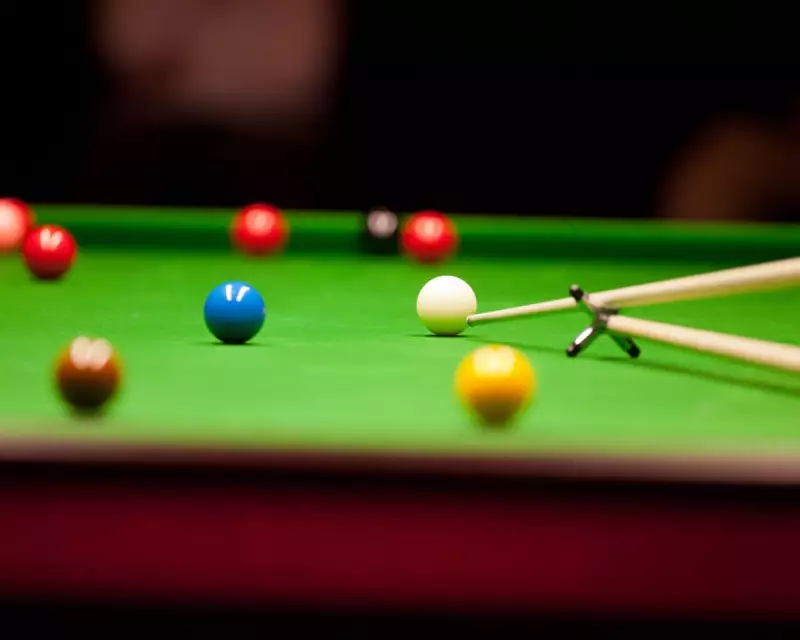
In the hushed, hallowed halls of snooker's most prestigious tournaments, a silent alarm is sounding. The sport once synonymous with peak-time BBC entertainment, where the crack of a cue ball was prime-time television, is facing an existential threat in the digital era.
The stark decline is perhaps best illustrated by its flagship tournament. The World Snooker Championship final, a former national fixture, now attracts fewer than two million viewers—a shadow of the 18.5 million who tuned in for the legendary 1985 black-ball final between Dennis Taylor and Steve Davis.
The Glory Days of Pot Black
This wasn't always the case. The sport's breakthrough came with the brilliantly conceived Pot Black in 1969. Designed to showcase the new magic of colour television, its vibrant green baize and multi-coloured balls were a visual spectacle. It created household names out of players like Ray Reardon and John Spencer, proving snooker could be thrilling, fast-paced, and accessible.
It paved the way for snooker's golden age in the 1980s, a period of national obsession. The game was unmissable, a cultural touchstone played out in front of millions.
A Sport Stuck in the Past?
Today, many argue the sport has failed to evolve. The atmosphere remains funereal; a library-like silence enforced by strict officials, punctuated only by whispered commentary. The dress code of bow ties and waistcoats, while traditional, reinforces a stuffy, bygone image.
This insistence on tradition is pushing the sport towards an ageing demographic. The failure to engage younger audiences through digital platforms and a more relatable presentation style is seen as a critical misstep.
Modern Efforts and Missed Opportunities
There have been attempts to modernise. Power Snooker, a raucous, shortened format with a shot clock and loud music, was trialled but ultimately abandoned. While the current tour is global, its heart—and its audience—remains stubbornly rooted in the UK, and it's an audience that is slowly dwindling.
The question now is not just about viewership, but cultural relevance. Can snooker bridge the gap between its cherished heritage and the demands of the modern sports market? The solution may lie not in abandoning its unique, tense character, but in repackaging it. Better storytelling, embracing digital content, and allowing players' personalities to shine could be the key.
The final verdict is still out. The sport possesses a unique,glacial tension unlike any other. The challenge for its custodians is to protect that essence while finally turning up the volume on its future.





